Seferturk
Tourism & Travel Agency

Istanbul
Istanbul is a major city in Turkey that straddles Europe and Asia across the Bosphorus Strait. Its Old City reflects cultural influences of the many empires that once ruled here. In the Sultanahmet district, the open-air, Roman-era Hippodrome was for centuries the site of chariot races, and Egyptian obelisks also remain. The iconic Byzantine Hagia Sophia features a soaring 6th-century dome and rare Christian mosaics.
Popular Places in Istanbul
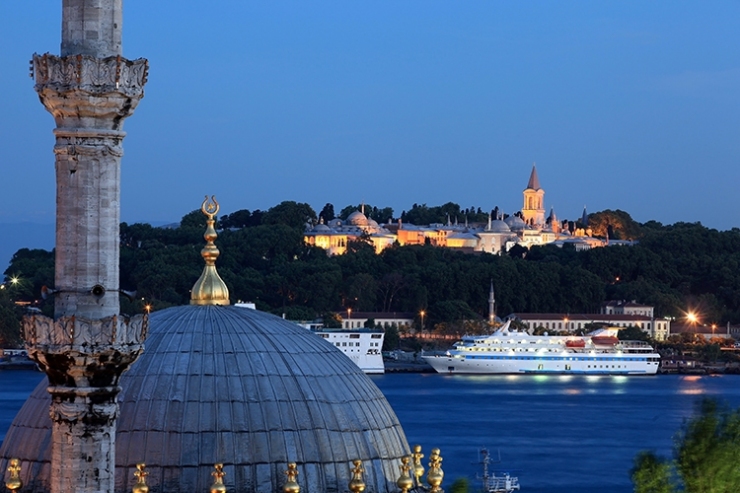
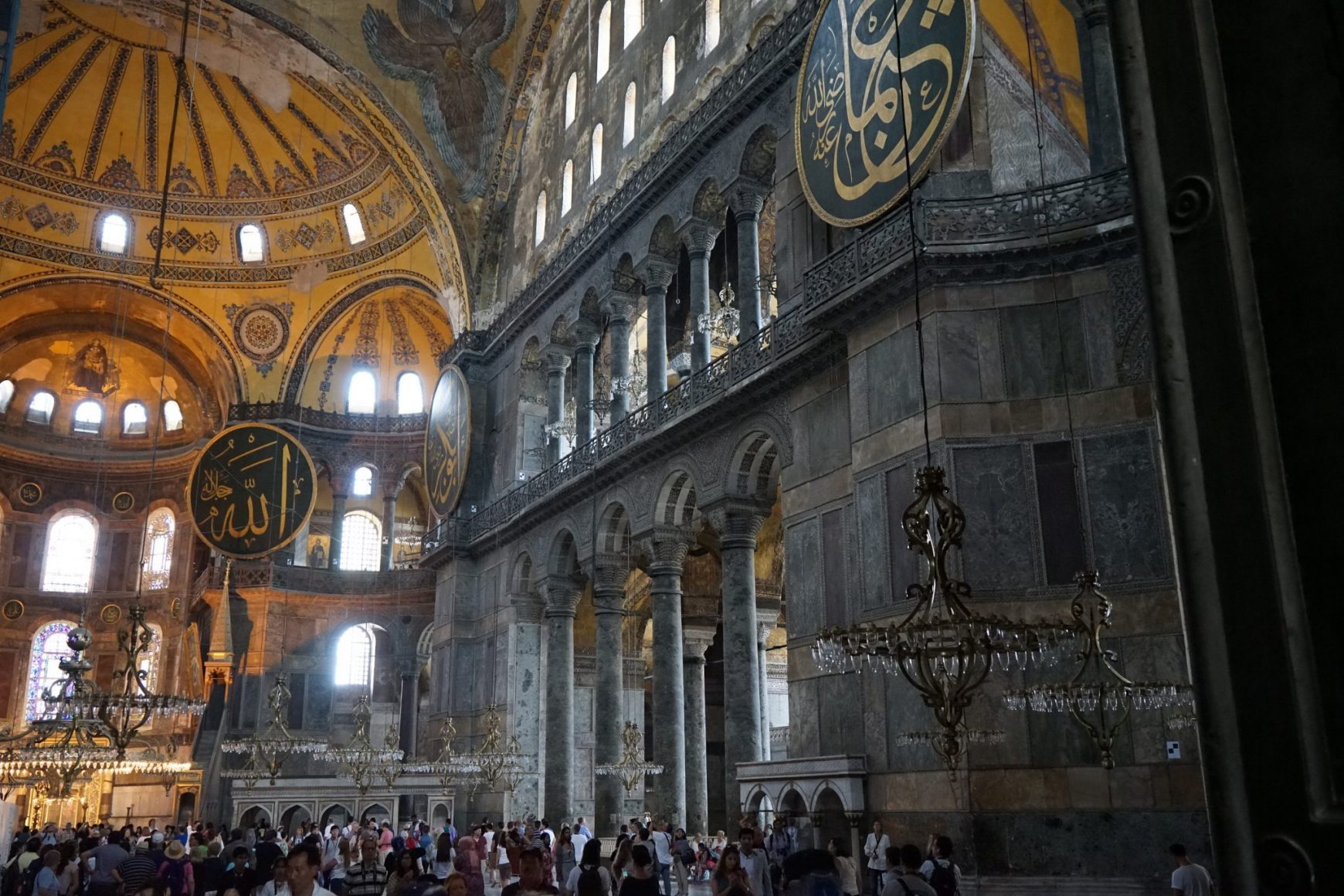
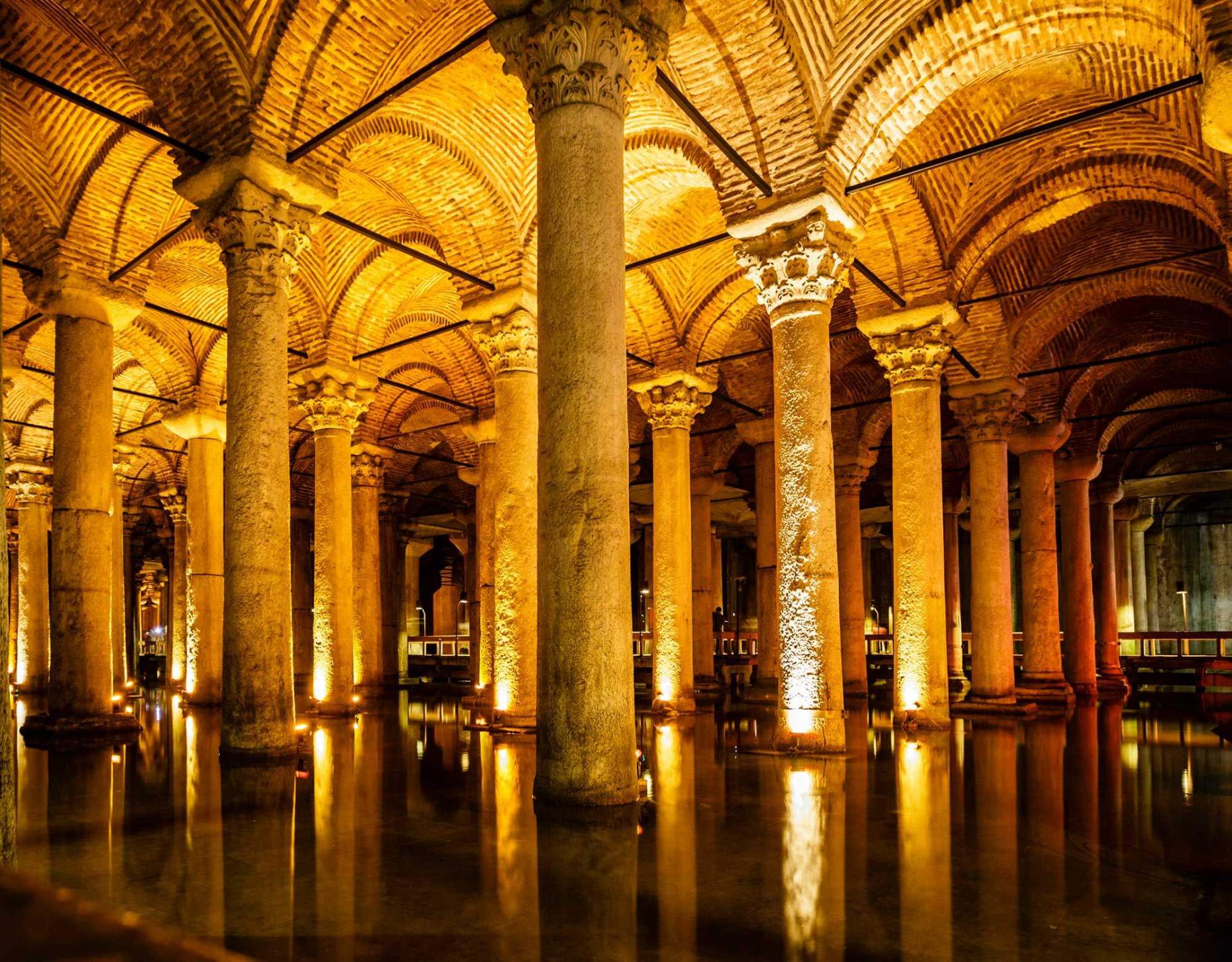
Hagia Sophia
The Hagia Sophia is an enormous architectural marvel in Istanbul, Turkey, that was originally built as a Christian basilica nearly 1,500 years ago. Much like the Eiffel Tower in Paris or the Parthenon in Athens, the Hagia Sophia is a long-enduring symbol of the cosmopolitan city.
However, as notable as the structure is itself, its role in the history of Istanbul—and, for that matter, the world—is also significant and touches upon matters related to international politics, religion, art and architecture.
The Hagia Sophia anchors the Old City of Istanbul and has served for centuries as a landmark for both Orthodox Christians and Muslims, as its significance has shifted with that of the dominant culture in the Turkish city.
Istanbul straddles the Bosporus strait, a waterway that serves as a geographic border between Europe and Asia. The Turkish city of nearly 15 million residents thus lies in both continents.
Basilica Cistern
This subterranean structure was commissioned by Emperor Justinian and built in 532. The largest surviving Byzantine cistern in İstanbul, it was constructed using 336 columns, many of which were salvaged from ruined temples and feature fine carved capitals. Its symmetry and sheer grandeur of conception are quite breathtaking, and its cavernous depths make a great retreat on summer days.
Like most sites in İstanbul, the cistern has an unusual history. It was originally known as the Basilica Cistern because it lay underneath the Stoa Basilica, one of the great squares on the first hill. Designed to service the Great Palace and surrounding buildings, it was able to store up to 80,000 cu metres of water delivered via 20km of aqueducts from a reservoir near the Black Sea, but was closed when the Byzantine emperors relocated from the Great Palace.
The cistern was cleaned and renovated in 1985 by the İstanbul Metropolitan Municipality and opened to the public in 1987.
Topkapi Palace Museum
Topkapi Palace, is the symbol of the city. Opulent, decadent, and steeped in history, it offers visitors a chance to get to know the Sultans of the Ottoman Empire rather more intimately.
It was built in 1461 by Mehmet the Conqueror and remained both the symbolic and political home of the Ottoman Empire until Sultan Abdülmecid I moved the imperial retinue to Dolmabahçe Palace in 1853. During the four centuries in between, it hosted 22 different Sultans and their families.
It was converted into a museum after the fall of the Ottoman Empire and the creation of the Turkish Republic in 1924 and is a must-see for any tourist visiting Istanbul.
It is made up of four different courtyards and various exhibitions such as the treasury, weapons, watch collection, kaftans, portraits, and sacred relics of prophets.
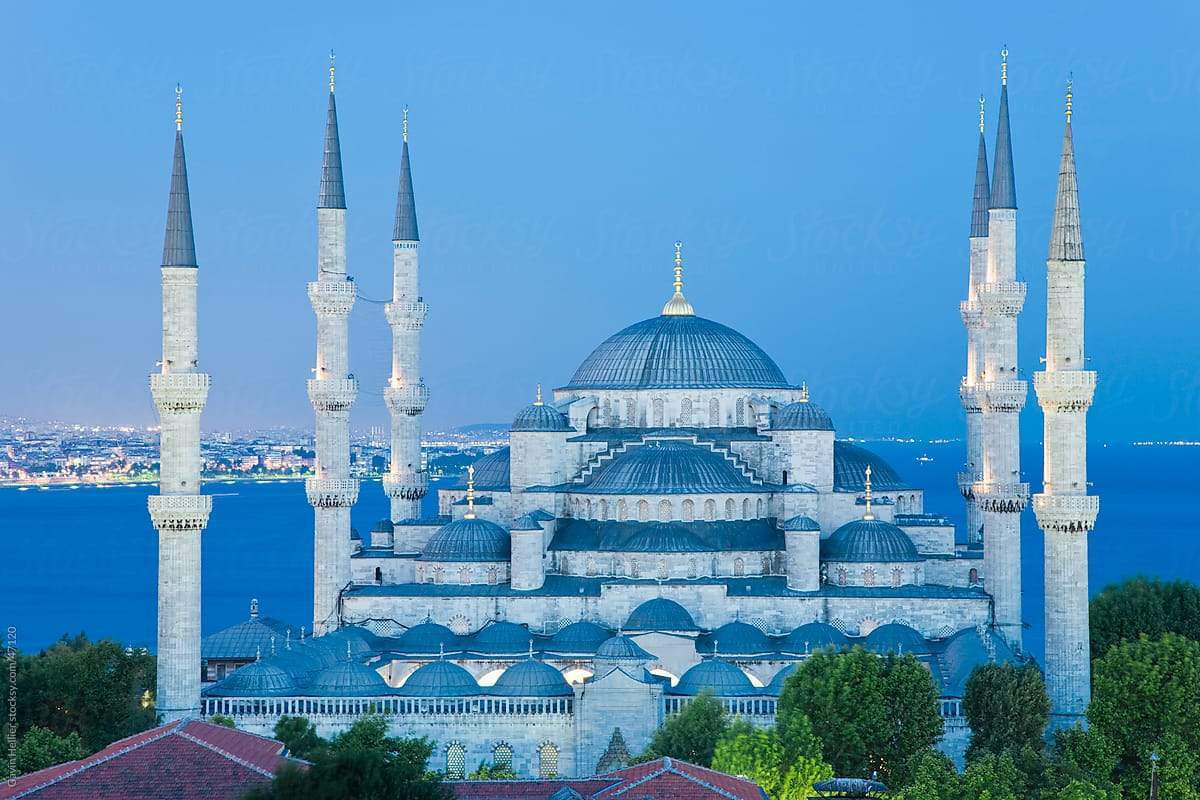
The Blue Mosque
The Blue Mosque (Called Sultanahmet Camii in Turkish) is an historical mosque in Istanbul. The mosque is known as the Blue Mosque because of blue tiles surrounding the walls of interior design.Mosque was built between 1609 and 1616 years, during the rule of Ahmed I. just like many other mosques, it also comprises a tomb of the founder, a madrasa and a hospice.Besides still used as a mosque, the Sultan Ahmed Mosque has also become a popular tourist attraction in Istanbul.
Besides being tourist attraction, it's also a active mosque, so it's closed to non worshippers for a half hour or so during the five daily prayers.
Best way to see great architecture of the Blue Mosque is to approach it from the Hippodrome. (West side of the mosque) As if you are non-Muslim visitor, you also have to use same direction to enter the Mosque.
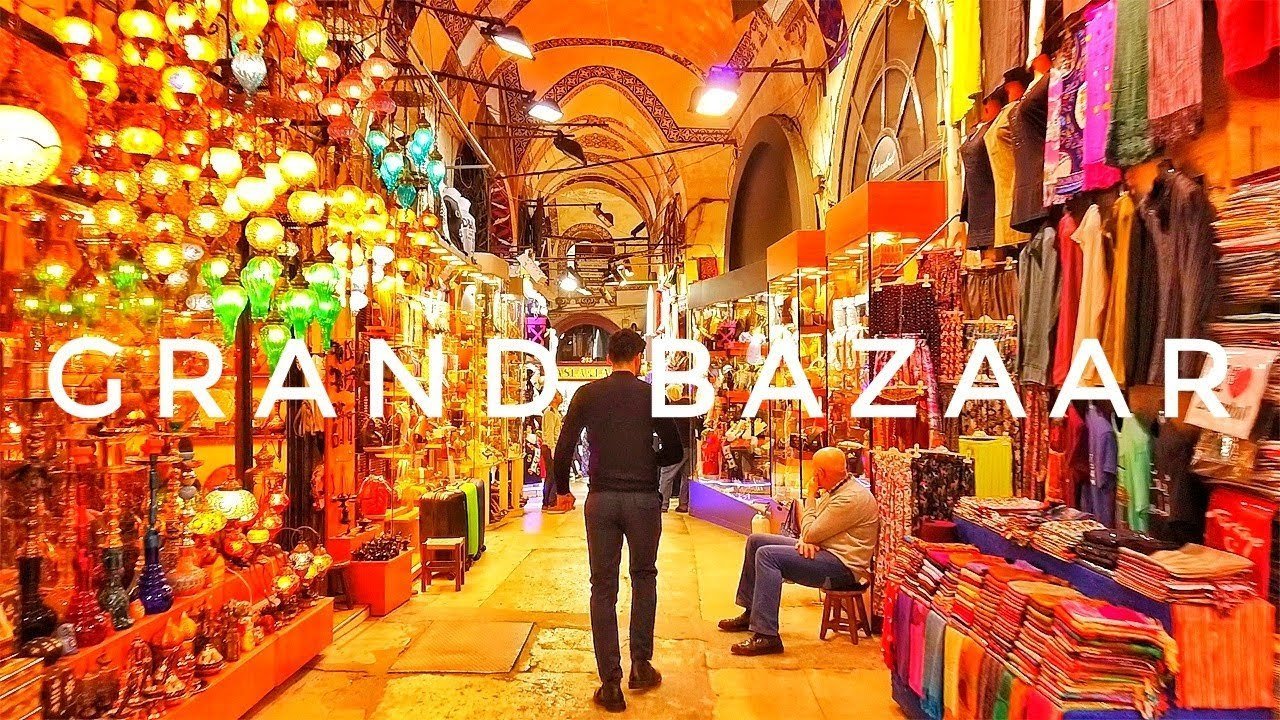
Grand Bazaar
With its 66 streets and over 4,000 shops, the Grand Bazaar is the biggest covered bazaar in the world.
Built by Fatih Sultan Mehmet, one of the sultans of the Ottoman Empire, the Grand Bazaar is a shopping market covered with domes. Two bedestens form the backbone of this historical area, which was also known as "Çarsu-yı Kebir" in the past.
The first covered bazaar, whose construction started in 1460, was named Cevahir. After the opening of the Cevahir covered bazaar, the sultan of the period created a commercial market by integrating various shops and shopping stalls there.
Sandal Bedesten can be given as an example as another bedesten besides the Cevahir Bedesten. Sandal Bedesten, on the other hand, is a marvel of design surrounded by 50 domes. This magnificent covered bazaar is one of the most important examples of Turkish architecture in terms of dome designs.
Dolmabahçe Palace
Dolmabahce Palace located in the Beşiktaş district of Istanbul, Turkey, on the European coast of the Bosporus strait, served as the main administrative center of the Ottoman Empire from 1856 to 1887 and from 1909 to 1922.
Dolmabahçe Palace built in 19 th century is one of the most glamorous palaces in the world. It was the administrative center of the late.
Dolmabahçe Palace Ottoman Empire with the last of Ottoman Sultans was residing there.
After the foundation of the Turkish Republic in Ankara, Mustafa Kemal Ataturk transferred all government functions to the youthful capital but on his visits to Istanbul Ataturk occupied only a small room at Dolmabahce Palace as his own.
He stayed, welcomed his foreign guests and made a practical center for national, historical and language congress and for international conferences.
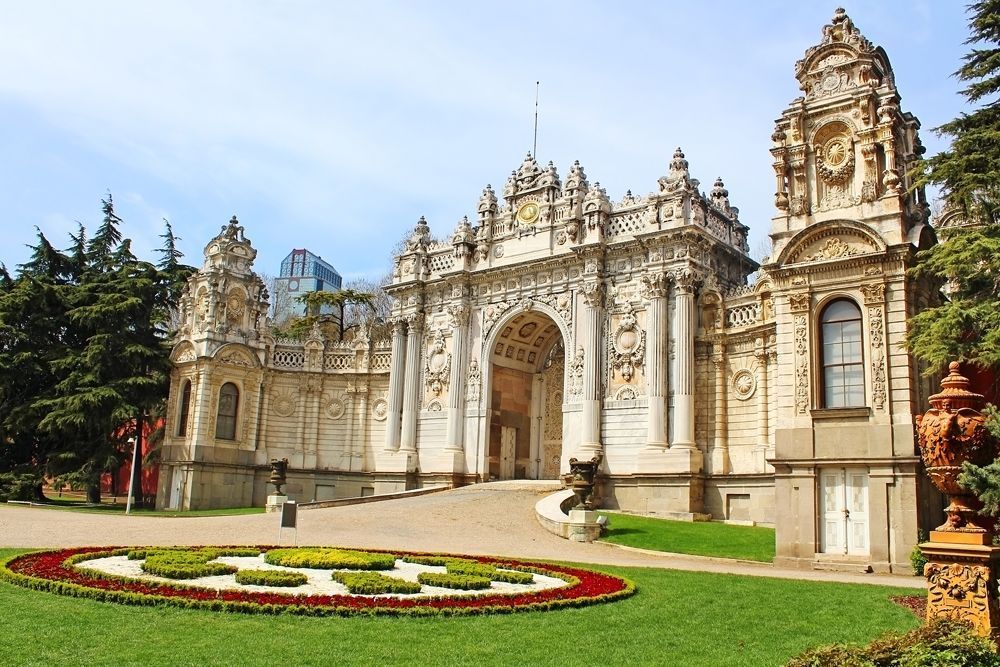
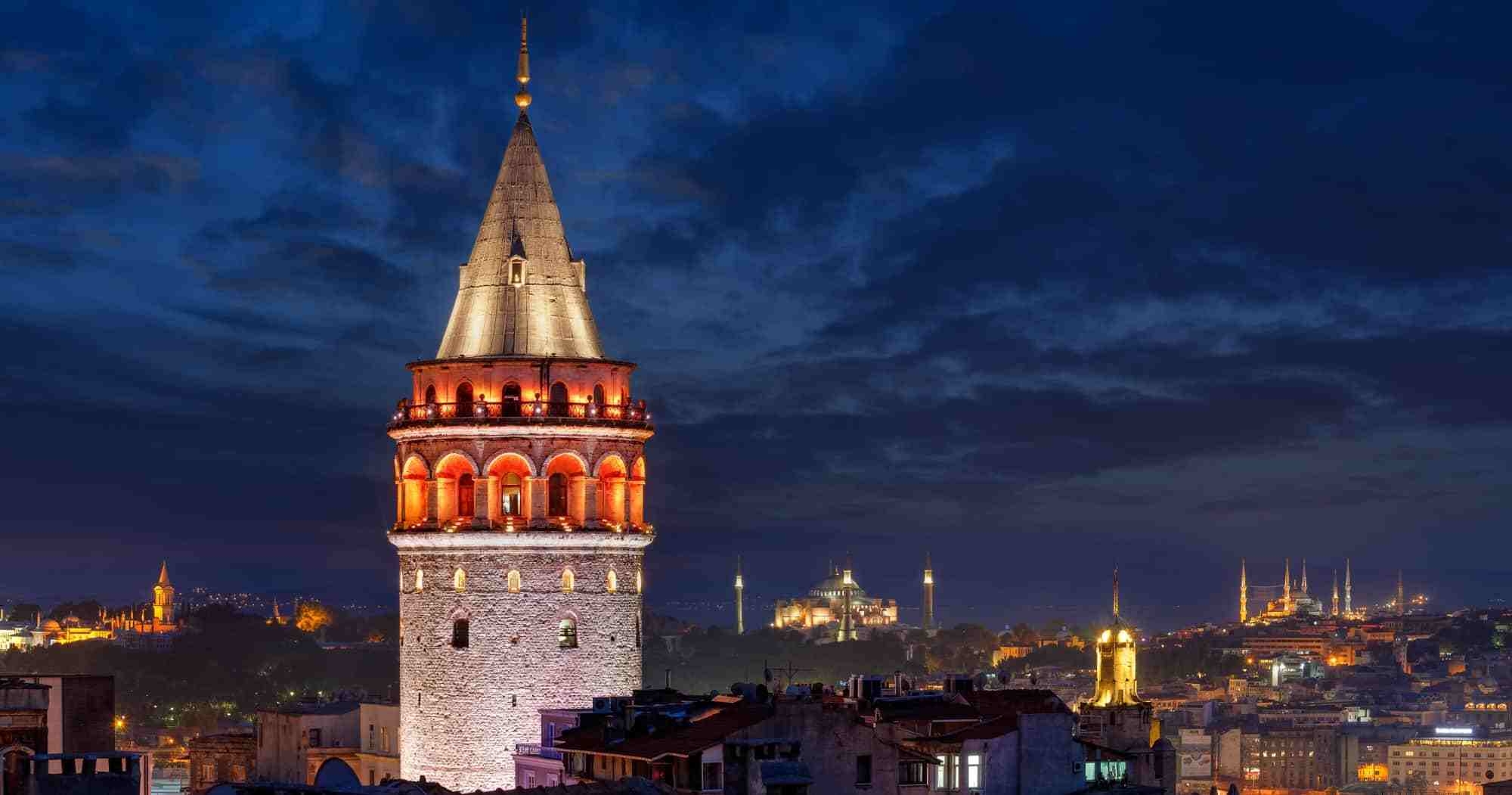
Galata Tower
GALATA TOWER, ONE OF THE ICONS OF ISTANBUL
Considered among the oldest towers in the world and one of the symbols of Istanbul, Galata Tower (Galata Kulesi) was included in the UNESCO World Heritage Temporary List in 2013.
Galata Tower, one of the most important structures that make up the silhouette of Istanbul, was used as a long-term fire watchtower and was named Galata Fire Tower. Galata Tower was first built by the Byzantine Emperor Justinianos in 507-508 AD. The Genoese rebuilt the current tower in 1348-49. The tower was raised between 1445 and 46 years. It was damaged by an earthquake in the 1500's and was repaired by Architect Murad bin Hayreddin. III. After the tower is repaired during the Selim period, a bay window is added to the upper floor of the tower. In 1831, the tower suffered another fire, II. Mahmut rises two more floors above the tower and the top of the tower is covered with the famous cone-shaped roof cover. The building was last repaired in 1967.